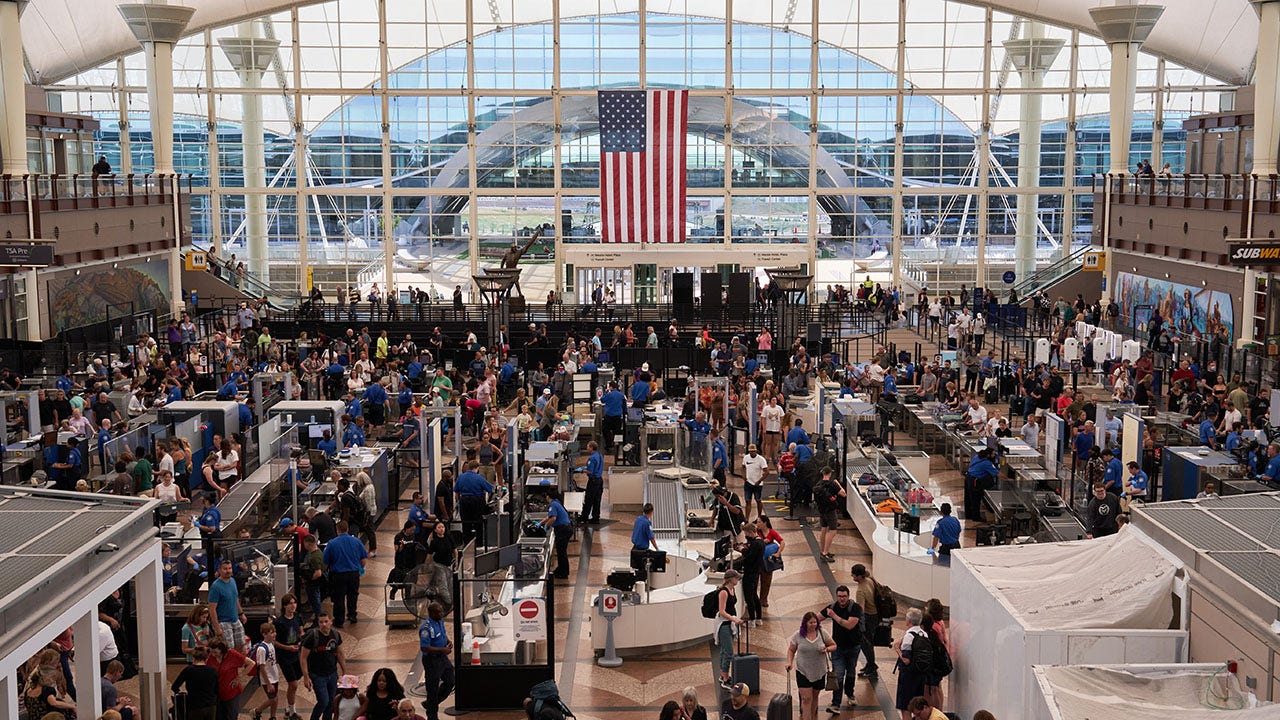Virgin Atlantic Flight VS118 Declares Emergency, Diverts to Gander Over North Atlantic - Travel And Tour World
Saturday, May 24, 2025

On May 23, 2025, , operating a Boeing 787-9 Dreamliner registered as , was forced to declare a general emergency over the North Atlantic Ocean, prompting an emergency diversion to in Newfoundland and Labrador, Canada.
The flight was en route from to when the medical emergency arose at cruising altitude.
The aircraft departed Miami late in the evening from gate J7 at approximately 11:04 p.m. Eastern Daylight Time (EDT) on Friday, May 23. Shortly after reaching cruising altitude at 38,000 feet, the flight crew identified a critical medical situation involving a passenger that required immediate intervention, leading to the declaration of a general emergency signaled by the activation of the emergency transponder code .
Upon declaring the emergency, the flight crew coordinated with and Canadian aviation authorities, including and , to determine the most appropriate course of action. The flight’s planned transatlantic route was altered, turning left before crossing into European airspace to enter Canadian airspace.
Gander International Airport was selected as the diversion airport due to its strategic location in eastern Canada and its longstanding history as an emergency landing site for transatlantic flights. The airport is equipped to handle wide-body aircraft like the Boeing 787 and has emergency medical facilities and support to manage passenger health incidents.
The aircraft safely landed in Gander in the early morning hours and was scheduled to resume its flight to London Heathrow at 7:35 a.m. local time, with an expected arrival time of 4:05 p.m. at LHR.
Gander International has played a critical role in transatlantic aviation for decades, serving as a designated emergency diversion airport under guidelines. The airport’s location approximately midway between North America and Europe makes it ideal for handling unscheduled landings due to medical emergencies, technical faults, or adverse weather conditions.
The airport boasts comprehensive services, including medical facilities, fire and rescue units, and customs and immigration personnel available to process international passengers during diversions. The coordinates closely with airlines and regulatory bodies to ensure prompt and safe handling of emergency situations like that encountered by VS118.
Medical emergencies onboard commercial flights are rare but critical events that require rapid assessment and coordinated response by flight crews. According to the and , airline personnel receive training in basic first aid and emergency protocols to stabilize passengers until professional medical help can be accessed.
In-flight medical kits and access to ground-based medical consultation services enable crews to manage health crises in the air. When a passenger’s condition exceeds onboard capabilities, flight diversion is often the safest option to provide timely and specialized medical care.
The use of the emergency transponder code alerts all relevant air traffic control centers of the critical situation, ensuring priority handling and expedited routing for the aircraft.
The safe handling of VS118’s emergency diversion involved collaboration between multiple aviation authorities. In the United States, the Federal Aviation Administration oversees airspace management and airline operations. For the Canadian segment of the flight, Nav Canada controls air traffic services, while Transport Canada regulates aviation safety and airport operations.
The cross-border nature of international aviation emergencies requires seamless communication among these agencies, facilitated by established protocols under ICAO’s standards and recommended practices. Both the FAA and Transport Canada maintain publicly available guidelines on emergency procedures to inform stakeholders and enhance passenger safety.
Passengers aboard VS118 experienced an unplanned stopover but were reportedly handled with professionalism and care by Virgin Atlantic’s crew and airport staff at Gander. The airline’s rapid response and transparent communication helped mitigate passenger anxiety and ensured continuity of service.
Flight disruptions due to medical emergencies can lead to cascading operational impacts, including crew duty time adjustments, aircraft scheduling shifts, and passenger rebooking logistics. Airlines and airports collaborate extensively to minimize inconvenience while prioritizing safety and health outcomes.
Virgin Atlantic, one of the leading international airlines headquartered in the United Kingdom, operates a modern fleet including Boeing 787 Dreamliners renowned for fuel efficiency and passenger comfort. The airline’s commitment to safety aligns with regulations from the UK Civil Aviation Authority (CAA) and international aviation safety standards.
The Boeing 787-9 (registration G-VDIA) involved in the incident is configured to offer superior cabin amenities across business, premium economy, and economy classes, ensuring a premium travel experience even during unforeseen circumstances.
Source: airlive












